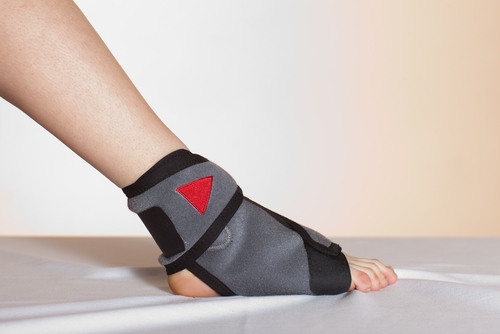Advances in orthotics grant mobility, ease pain for active patients
Although orthopedic EMR software gives physicians and patients a better picture of the medical issues they face, there will always be patients who live with their pain far beyond the point of necessity. Some may endure a loss of mobility and even a decrease in quality of life before seeking medical attention, but with recent advances in orthotic technology that grant unprecedented improvements in pain management and portability, like the newest findings from a Florida researcher, widespread use of orthopedic devices may not be far off.
M. Jason Highsmith of the University of South Florida's School of Physical Therapy and Rehabilitation Sciences published a paper that summarized the successes of several recent studies into the application of orthotics and prostheses into daily activities. One study analyzed the successful introduction of an ankle orthotic that employed electrical stimulation to the ankles of children born with cerebral palsy.
"Comparative effectiveness research on prostheses and orthotics is sparse, so potential benefits of newer technologies are typically slow to emerge," Highsmith wrote, but that did not stop him from throwing his support behind the research. In his view, recent innovations aided common motor functions and restored the ability of amputees to perform at high levels of physical activity.
Addressing orthopedic practitioners, Highsmith hoped that they would use his paper to administer their treatments more efficiently and to move closer to an increased quality of life for their patients.
This increase in quality of life provided by advancing orthopedic medicine is even more promising given an aging U.S. population that may not be ready to surrender their freedom to physical conditions.
In a column on aging athletes, The Olympian reported that while a large percentage of aging Americans are well aware of exercises that may have benefited their health in their youth, like weight training and running, the prevalence of orthopedic conditions such as arthritis makes those exercises more harmful than anything else.
While there is still room for improvement, the advancing research documented by Highsmith and greater implementation of orthopedic documentation prove that there may yet be hope for patients seeking to remain active.



